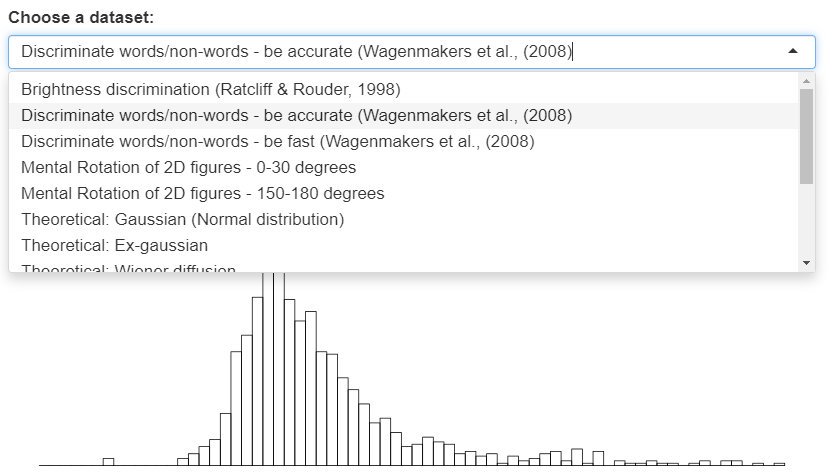
Using statistics and programming to turn data into (maximum) utility. Former neuroscientist. Preaches Bayesianism, utilitarianism, and effective altruism.
2 subscribers
How to get URL link on X (Twitter) App







https://twitter.com/BatesDmbates/status/1111283948615802881. So we may call it *Wilkinson-Bates notation* 2/5

